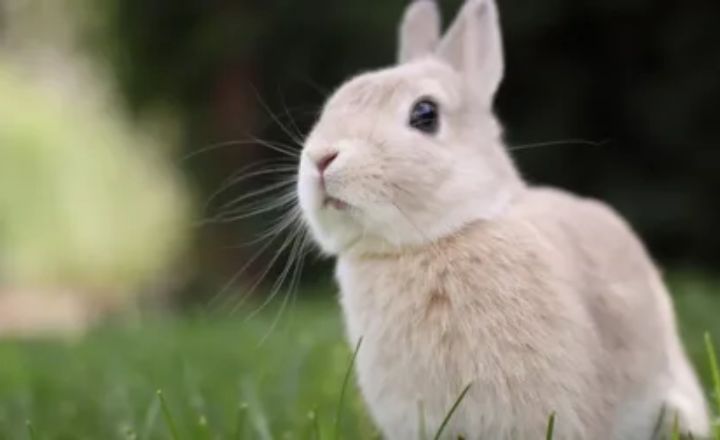7 Spiritual Meanings and Symbolism of Dead Rabbit
Have you ever encountered a dead rabbit and wondered what it might symbolize? While many see it as merely a tragic event, the dead rabbit carries profound spiritual meanings that can resonate deeply with our lives.
In this article, We discuss the spiritual meanings and symbolism of dead rabbit and we will explore seven significant interpretations of the dead rabbit’s symbolism, shedding light on its spiritual meaning and relevance in our everyday experiences. By understanding these insights, you may uncover hidden messages about transformation, intuition, and life cycles.
Symbolism of Dead Rabbit
The dead rabbit carries profound spiritual meaning, serving as a powerful symbol of transformation and renewal. In Native American cultures, the cycle of life embodied by the rabbit emphasizes that even in death, there lies the potential for new beginnings.
This perspective encourages us to view loss not merely as an ending but as a necessary step toward rebirth, inviting us to reflect on how our experiences shape who we become. The dead rabbit meaning resonates deeply with those navigating personal transitions, reminding them that every conclusion paves the way for fresh opportunities.
In the context of Celtic mythology, where rabbits are celebrated for their cleverness and connection to fortune, the sight of a dead rabbit can also be interpreted as a call to embrace change and adaptability. It prompts us to consider how we might harness our own cleverness in times of upheaval.
For Christians, the association of the rabbit’s burrow with Jesus’ tomb reinforces this theme of resurrection; it symbolizes hope and the promise of new life after suffering. Ultimately, the dead rabbit stands as a poignant reminder that from loss can spring forth vitality and growth, urging us to trust in the transformative cycles of existence.
Spiritual Meanings of Dead Rabbit
Here we discuss some spiritual meanings of dead rabbit
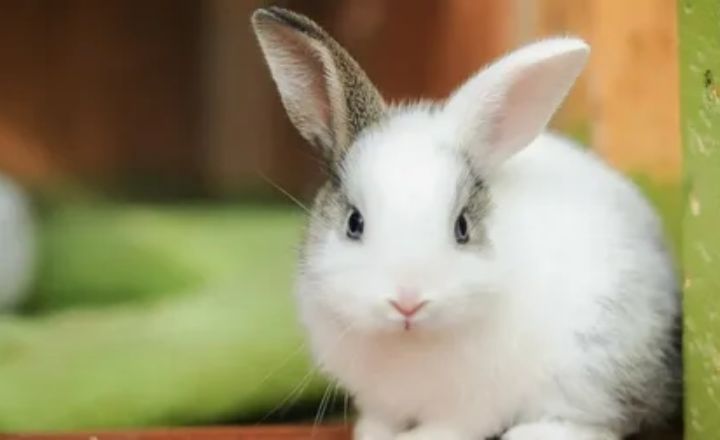
1. Rebirth and Renewal
Encountering a dead rabbit on your doorstep can serve as a profound symbol of the cycles we all experience in life. This poignant reminder of mortality invites us to reflect on what is coming to an end in our own lives.
It encourages us to acknowledge the natural ebb and flow of existence, where every conclusion paves the way for a fresh start. Embracing this cycle allows us to shed the old and make space for new opportunities that foster growth and transformation.
In many cultures, rabbits are celebrated as harbingers of fertility and abundance, making the sight of a dead rabbit even more compelling. It suggests that while something may have concluded, it also signals the potential for rebirth, an invitation to cultivate new possibilities that may be waiting just beyond our current horizon.
Perhaps it is time to reassess your goals or relationships, using this moment as a catalyst for change.
2. Overcoming Obstacles
The dead rabbit symbolism often serves as a profound reminder of the resilience and adaptability that lie within us. When faced with challenges, the image of a lifeless rabbit can prompt introspection about our own strength and resourcefulness.
Instead of succumbing to despair, this symbol encourages us to recognize that obstacles are not insurmountable; they are merely invitations to tap into our quick thinking and nimbleness.
In many cultures, rabbits are seen as clever creatures that navigate their environments with agility. A dead rabbit, then, becomes a metaphor for the potential we have to strategize and overcome life’s hurdles.
It prompts us to analyze our situations from different angles and to approach problems with a fresh mindset. By embracing this perspective, we can transform setbacks into stepping stones, using our innate capabilities to leap over the challenges that lie ahead.
3. Letting Go
The dead bunny meaning often serves as a powerful symbol of transformation and renewal. Encountering this imagery invites us to reflect on the aspects of our lives that may be holding us back. Just as the rabbit’s life comes to an end, it prompts us to consider what we need to release in order to make space for new opportunities.
This act of letting go can be both liberating and daunting, but it’s essential for personal growth and spiritual evolution.
4. Stillness and Quiet Contemplation
A dead rabbit can serve as a poignant symbol for the necessity of stillness and quiet contemplation in our fast-paced lives. While rabbits are often associated with vitality and frenetic movement, encountering one that has passed invites a moment of reflection.
This stark contrast urges us to pause, reminding us that life is not just about constant motion but also about finding balance through moments of tranquility. The dead rabbit’s stillness beckons us to withdraw from the chaos surrounding us, encouraging a retreat into our inner worlds where renewal and clarity reside.
5. Change is Inevitable
The dead rabbit, often seen as a poignant symbol of life’s transience, reminds us that change is not just inevitable but essential. Just as rabbits live in the fast lane of existence, so too do our experiences rush by, urging us to adapt and grow.
When faced with sudden transitions be it the end of a relationship, a job loss, or a shift in personal beliefs we may feel unmoored, yet these moments serve as catalysts for transformation. The dead rabbit meaning extends beyond mere mortality; it challenges us to confront our fears and embrace the lessons embedded within each upheaval.
6. Vulnerability and Fragility of Life
A dead rabbit can serve as a poignant reminder of the fragility and vulnerability inherent in all living beings. In many cultures, rabbits symbolize abundance and fertility, yet their sudden demise highlights the precarious balance of life.
This duality invites us to reflect on our own existence; just as a rabbit, seemingly full of vitality, can unexpectedly transition to stillness, so too can our moments of joy be fleeting. By embracing the spiritual meaning of a dead rabbit, we are encouraged to confront our fears surrounding mortality and recognize the beauty in life’s impermanence.
7. Afterlife and Continuity of Spirit
In various cultures, the symbolism of a dead rabbit often transcends mere mortality, serving as a poignant reminder of the continuity of spirit. Encountering a deceased rabbit can evoke reflections on the soul’s journey beyond the physical realm.
This delicate creature, with its swift movements and gentle demeanor, embodies the notion that life persists even after the body has ceased to function. The dead rabbit’s spiritual meaning encourages us to ponder our own existence and the idea that, like this small animal, we too are part of a larger tapestry of life that extends beyond earthly boundaries.
Dead Rabbit Dream Interpretation
In the realm of dream interpretation, the dead rabbit carries profound spiritual significance that transcends mere symbolism. While its lifeless form might initially evoke feelings of loss or sadness, it is essential to recognize that this imagery often heralds a period of transformation.
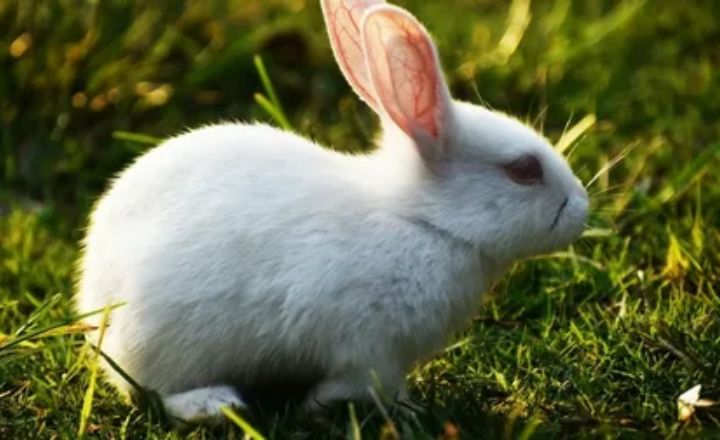
The dead rabbit’s spiritual meaning is intertwined with themes of renewal and the cyclical nature of life. Just as winter gives way to spring, so too does the appearance of a dead rabbit in your dreams suggest that something must end for something new to flourish.
Moreover, dreaming of a dead rabbit can serve as a powerful reminder to shed old habits or relationships that no longer serve your growth. The message here is clear: embrace the transition, for it paves the way for abundance and success.
This may manifest as opportunities for financial gain, personal development, or even the rekindling of joy in your existing connections. As you navigate these changes, consider the dream’s invitation to reflect on what aspects of your life require letting go, allowing you to welcome fresh beginnings with open arms and an open heart.
Dead Rabbit in Mythology and Folklore
The Dead Rabbit, often referred to as a spectral creature, holds a significant place in various mythologies and folk tales. Its representation as an undead entity suggests themes of resurrection and the cyclical nature of life and death.
In many cultures, rabbits symbolize fertility and new beginnings; however, the Dead Bunny flips this narrative, embodying decay and the haunting specter of mortality. This juxtaposition invites deeper reflection on our fears surrounding death and the unknown, illustrating how folklore can serve as a mirror to our collective anxieties.
Encountering the Dead Rabbit is often seen as an omen, signaling that unresolved issues from the past may be resurfacing. The eerie glow of its eyes and the trail of decaying plants evoke feelings of dread, prompting individuals to confront their own existential questions.
As tales of the Dead Bunny spread, they evolve, revealing how communities weave their cultural values into stories that challenge or comfort them. The haunting imagery of the Dead Rabbit compels us to ponder what lurks just beyond the veil of the living, encouraging a dialogue about our beliefs in the afterlife and the legacies we leave behind.
The Dead Rabbit Symbolism in Different Cultures
In various cultures, the dead rabbit spiritual meaning transcends mere superstition, resonating deeply with our innate fears and the mysteries of existence. In Native American folklore, this spectral creature serves as a harbinger of misfortune, embodying the trepidation of being lost in life’s labyrinth.
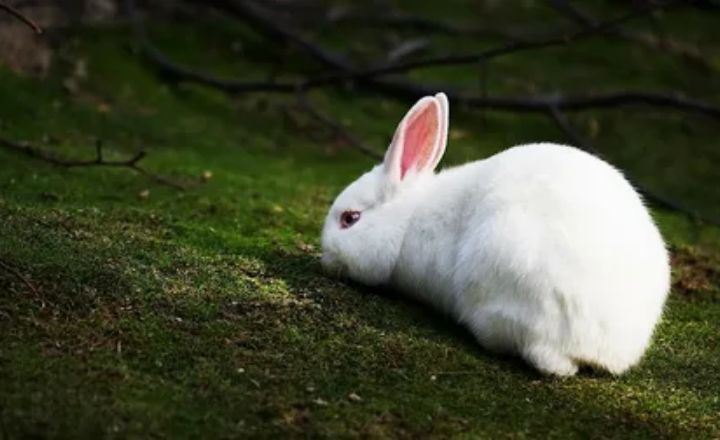
Its appearance stirs a primal anxiety, acting as a mirror reflecting our struggles with mortality and the unknown. This ominous symbolism urges us to confront our fears rather than flee from them, highlighting how cultural narratives shape our understanding of life’s fragility.
Conversely, European interpretations cast the dead rabbit in a different light one that intertwines with the supernatural. Here, it is perceived as a conduit between realms, signaling messages from the underworld and acting as a guide for souls caught in limbo. This duality invites contemplation on the nature of death itself; rather than solely an end, it becomes a passage with purpose.
The dead rabbit’s ghostly presence encourages us to consider not just our fears but also our connections to those who have passed, suggesting that help and guidance exist even in the darkest moments. Through these diverse lenses, the dead rabbit emerges not just as a symbol of doom, but as a profound reminder of life’s cyclical journey and the potential for healing beyond death.
Dead Rabbit as a Spirit Animal
The dead rabbit spiritual meaning extends beyond mere folklore; it serves as a profound reminder of our inherent resilience. When this spirit animal graces your life, it urges you to confront the fears that have long held you captive.
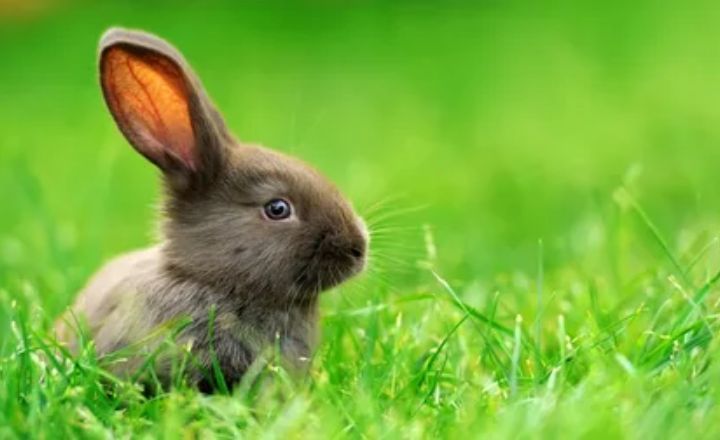
Just as the rabbit’s ethereal presence navigates the realm between life and death, it beckons you to dive into the shadows of your anxieties, illuminating paths to freedom and self-discovery. By embracing this spectral guide, you learn that true empowerment lies in acknowledging and dismantling the barriers we create around ourselves.
Moreover, the dead rabbit embodies the cyclical nature of existence, inviting introspection about mortality and rebirth. Its ghostly form acts as a poignant symbol of transformation, reminding us that every ending paves the way for new beginnings.
This connection to the cycle of life encourages gratitude for each moment, instilling a sense of urgency to live fully and authentically. If the dead rabbit crosses your path, consider it a powerful omen of impending change, a nudge to embrace life’s transitions with courage and an open heart.
Conclusion
In conclusion, the spiritual meanings and symbolism of a dead rabbit offer profound insights into our lives and the natural world around us. From representing transformation and renewal to serving as a reminder of mortality, these interpretations encourage us to reflect on our own journeys. The dead rabbit invites us to embrace change and find strength in vulnerability, reminding us that endings often lead to new beginnings.
As we ponder the lessons this creature imparts, we can cultivate a deeper understanding of our own spirituality. So, take a moment to connect with the symbolism of the dead rabbit and consider how its messages resonate in your life today.
FAQs
What does “dead rabbit” mean?
The term “dead rabbit” can refer to different contexts, but it is often associated with the Dead Rabbits, a notorious gang that operated in New York City during the mid-19th century. Known for their fierce loyalty and often violent clashes with rival gangs, the Dead Rabbits were primarily composed of Irish immigrants and became emblematic of the tumultuous social dynamics of that era. Their activities contributed to the chaotic environment of the Five Points neighborhood, making them a significant part of urban history.
Why did I find a dead rabbit in my yard?
Finding a dead rabbit in your yard can be concerning, and one possible explanation is Rabbit Hemorrhagic Disease (RHD). This highly contagious viral disease affects domestic and wild rabbits and can lead to sudden death. RHD is characterized by symptoms such as fever, lethargy, and internal bleeding, which might not always be visible until it’s too late. If the rabbit you found appears to have no external injuries, it could be a sign of this disease.
What do you do if you find a dead bunny?
If you find a dead bunny, the first step is to ensure your own safety. Wear gloves to avoid direct contact with the animal, as it may carry diseases. It’s best to handle the situation with care and compassion. If the bunny is in a public area, consider notifying local animal control or wildlife services, as they can properly assess the situation and dispose of the body safely.
What does the rabbit die mean?
The phrase “the rabbit died” is indeed a euphemism used to indicate that a woman has experienced a miscarriage or an unexpected pregnancy loss. The origin of this expression is believed to stem from the early 20th century when pregnancy tests were conducted using live rabbits. In these tests, if the rabbit died after being injected with the woman’s urine, it indicated that she was pregnant. Hence, the phrase became a metaphorical way to discuss the delicate and often painful topic of pregnancy loss without directly confronting the emotional weight of the situation.

